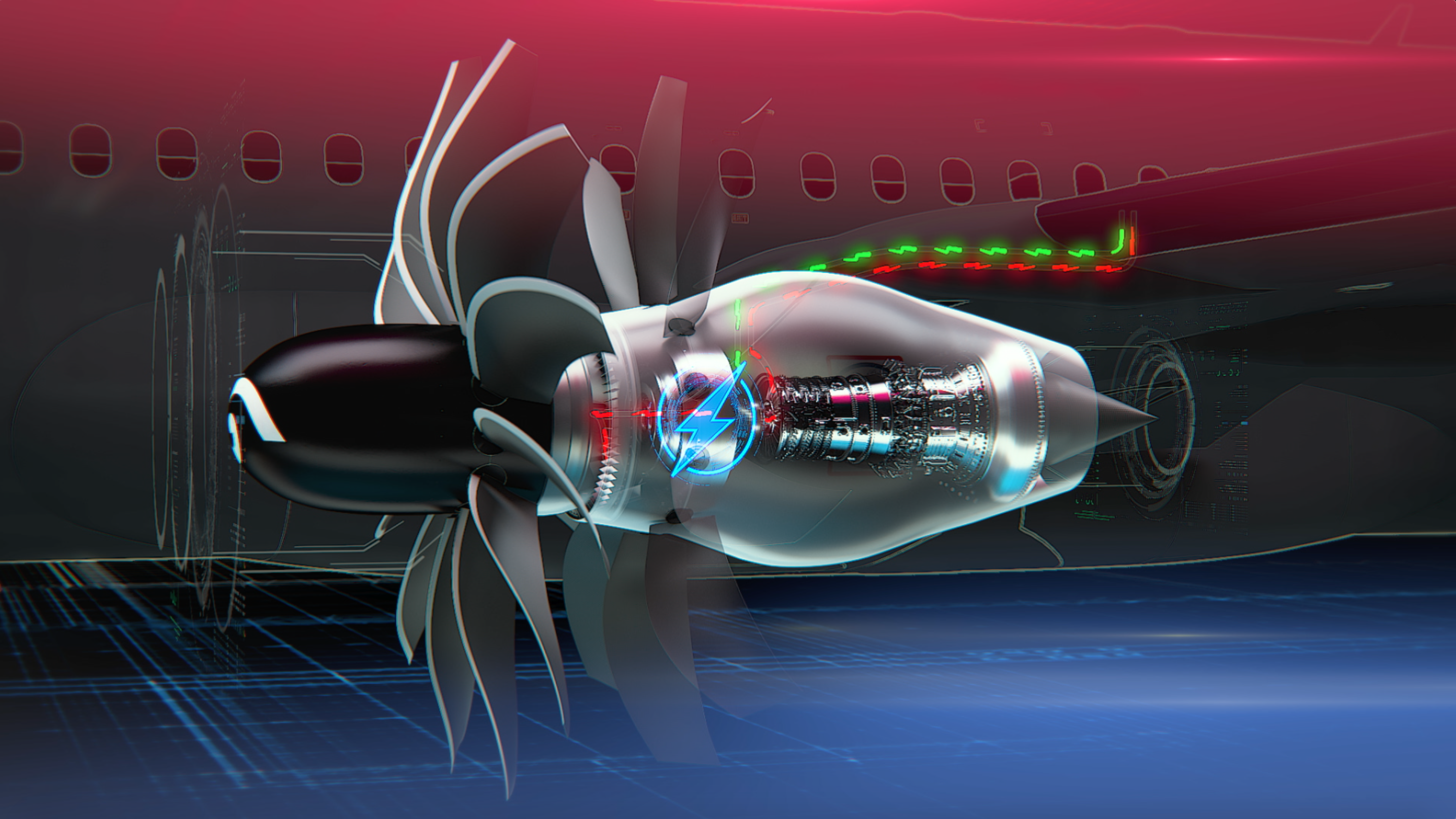Most Impactful NESC Assessments
After reflecting on the more than 1,200 assessments completed by the NESC over the last 20 years, Director Tim Wilson selected these assessments as his top three. They were selected because they would likely have the greatest and most lasting impact on human life and the furtherance of the NESC mission. He shared why their […]
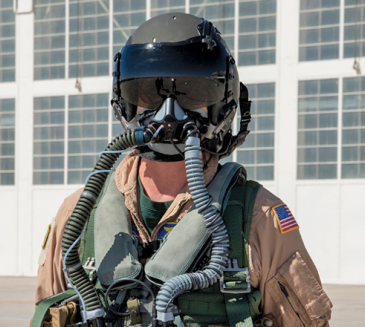
After reflecting on the more than 1,200 assessments completed by the NESC over the last 20 years, Director Tim Wilson selected these assessments as his top three. They were selected because they would likely have the greatest and most lasting impact on human life and the furtherance of the NESC mission. He shared why their effects were so far-reaching.
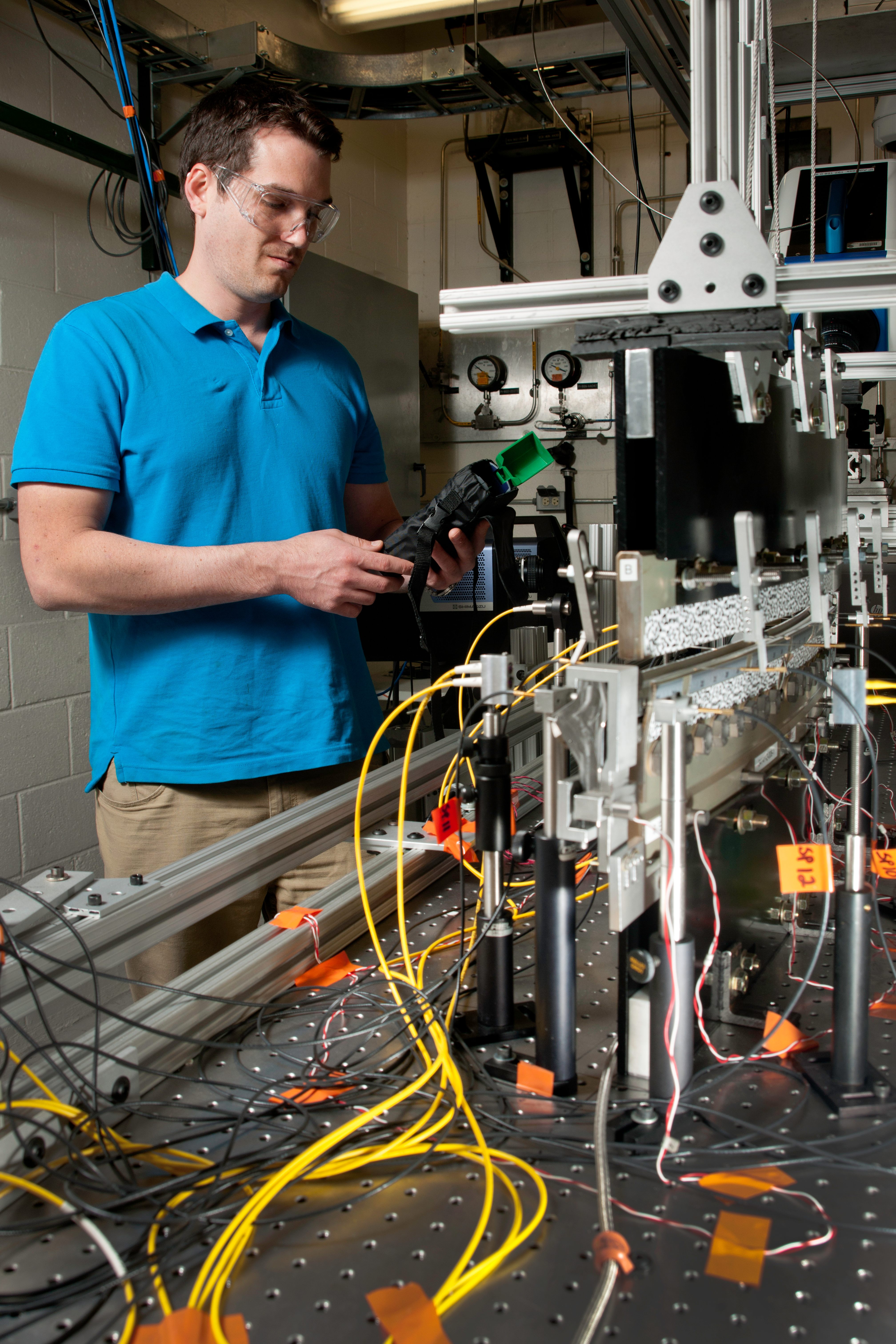
2013-2019
Assessing Risks of Frangible Joint Designs
At the request of the Commercial Crew Program, the NESC took on an empirical test program of frangible joints to provide confidence in their use for human spaceflight. “Many programs use these joints, so understanding the margins and what drives their designs has helped us keep flight crews safe and make missions successful,” said Mr. Wilson.
The joints provide a debris-free separation of launch vehicle stages and payload fairings. To determine the effects various design parameters and environmental factors have on jointseparation capability, the NESC conducted more than 140 tests on a variety of designs and generated more than 100 million lines of data that were used to anchor models, develop design sensitivities, and make reliability estimates. Their comprehensive work was foundational to later assessments for the Space Launch System, Orion, and Launch Services Programs. The NESC also started the FJ Working Group, which serves as the Agency’s technical community of practice. It ensures programs understand the risks associated with their use and is proactive in ensuring NASA is implementing safe and reliable FJ technologies.
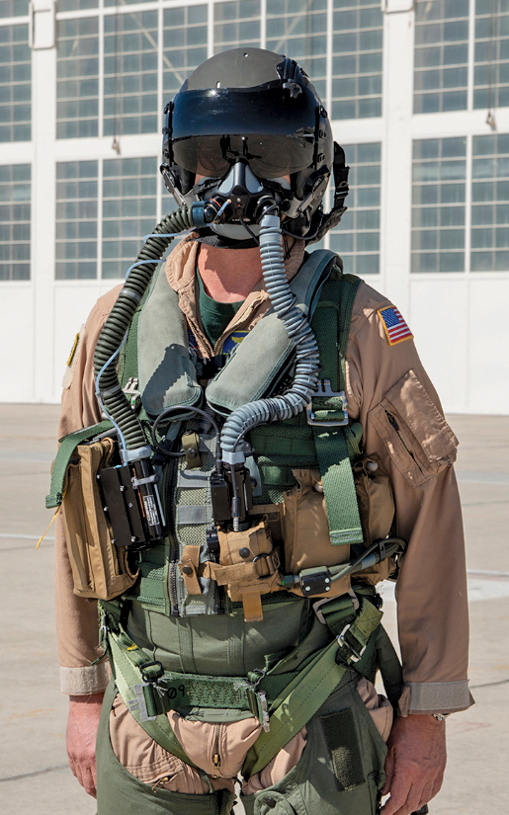
2018-2021
Pilot Breathing Assessment
When the U.S. Navy was experiencing an increase in pilot physiological episodes across their F/A-18 fleet that was leading to mission aborts, “No one really understood what was going on or why,” said Mr. Wilson. “It was a difficult problem, and our NESC team was able to come up with compelling answers.”
Over the NESC’s three-year study, its Pilot Breathing Assessment (PBA) team designed novel instrumentation to measure pilot physiological states and interactions with aircraft life support systems. NASA test pilots flew instrumented NASA F/A-18 and F-15 aircraft through pre-specified flight profiles while wearing specialized breathing equipment augmented with an advanced sensor system. Aligned data streams identified pilot/aircraft interactions with the potential for negative cognitive and physiological impact. After more than 100 scripted flights and 250 million data points, the PBA team determined that breathing pressures and airflows were often mismatched, increasing a pilot’s efforts to maintain sufficient ventilation. The PBA team’s work has benefited the field of aviation and the advancement of human system integration in modern aircraft and has direct application for NASA vehicles such as the T-38, F-15, X-59, and the ISS.
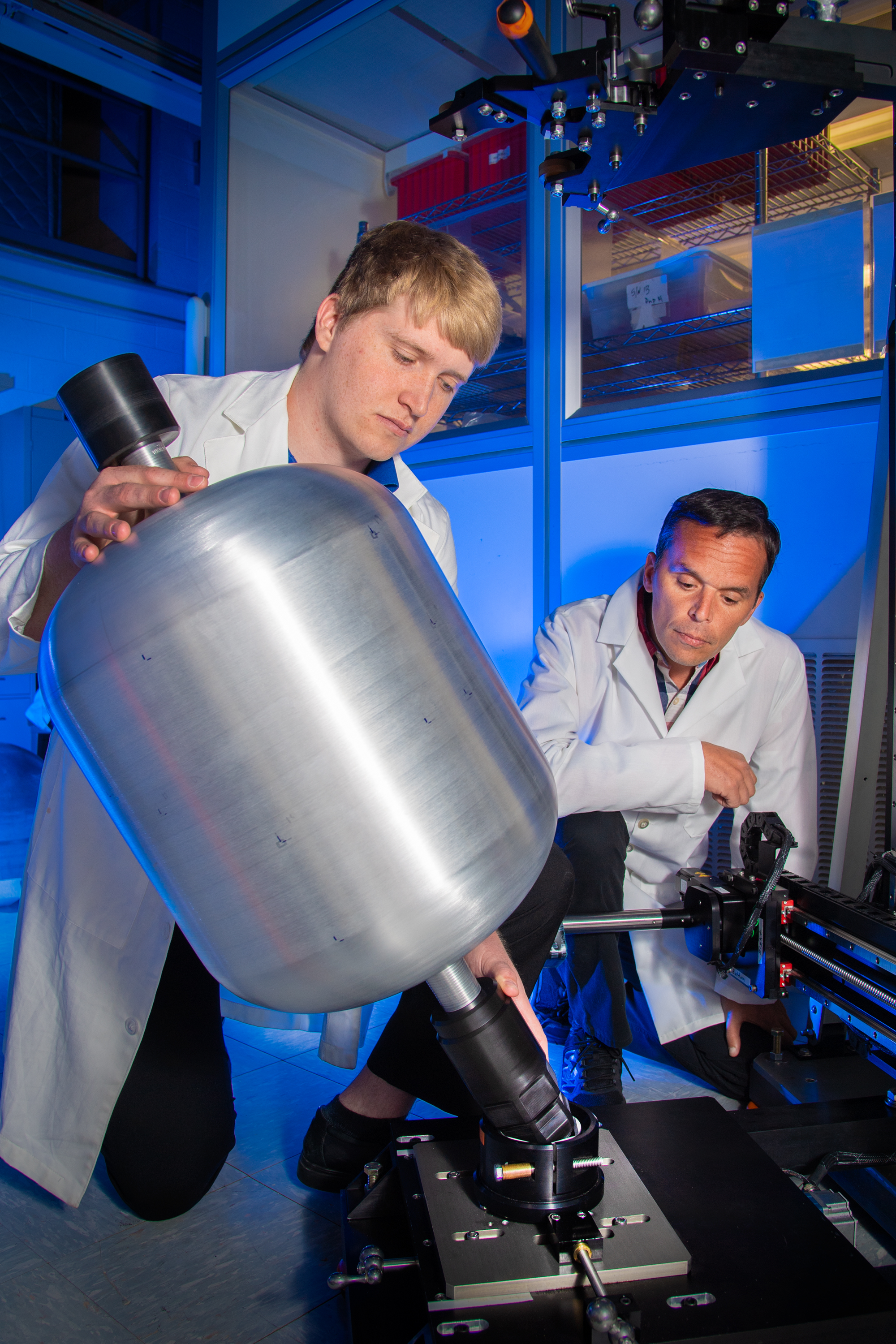
2020-2023
Unconservatism of LEFM Analysis Post Autofrettage
The NESC has invested significant time and resources to understanding the complex behavior of composite overwrapped pressure vessels (COPV), which are used extensively in space-flight. Most recently, an NESC team found there was a lack of conservatism in the damage tolerance analyses conducted on COPV liners using linear-elastic fracture mechanics (LEFM), particularly in understanding the influence of autofrettage (AF).
During AF, a COPV is subjected to high pressures to compress the inner surfaces, making them less susceptible to operational stresses later. In verifying damage tolerance life, the team found that separating the AF cycle from subsequent elastic cycles in LEFM analysis led to unconservative life predictions. Cracks remained open during compressive cycles after AF and allowed for a larger stress range to contribute to crack growth in each subsequent elastic cycle. The team provided corrections to NASGRO (programs that analyze fracture and fatigue crack growth) to make predictions less unconservative. “I’m convinced that someday crew will fly, come home, disembark, and never know that it was the improvements to those analytical tools made by this NESC team that kept them safe. I think it’s going to have wide-ranging impact.”
What's Your Reaction?



















.jpg?#)




















